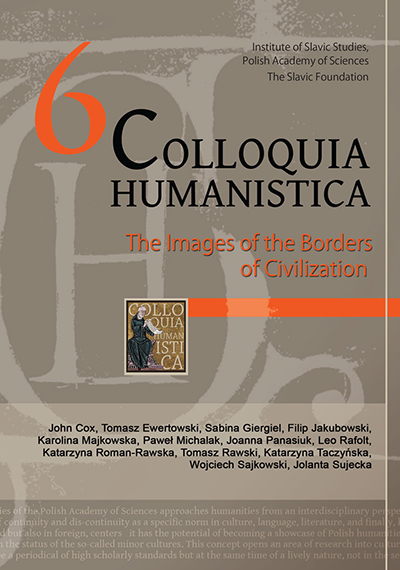Northeast China as a Contact Zone in Polish and Serbian Travelogues, 1900-1939
Northeast China as a Contact Zone in Polish and Serbian Travelogues, 1900-1939
Author(s): Tomasz EwertowskiSubject(s): Polish Literature, Serbian Literature, Politics and society, Cultural Anthropology / Ethnology, Demography and human biology, Pre-WW I & WW I (1900 -1919), Interwar Period (1920 - 1939)
Published by: Instytut Slawistyki Polskiej Akademii Nauk
Keywords: transculturalism; travel writing; imagology; Northeast China; image of China; Polish literature; Serbian literature;
Summary/Abstract: Historically, Northeast China (Manchuria) was a border zone between China and nomadic peoples, as well as between Russian and Qing empires since the 17th century. In the second half of the 19th century and in the first half of the 20th century, a number of factors (penetration by foreign powers, collapse of the Qing Empire, revolution in Russia, Japanese expansion and demographic changes) transformed this area into “a contact zone” in the sense given by Mary Louise Pratt. The main focus of the article is the way in which this contact zone was described by Polish and Serbian travellers. Their can provide a special outlook, because Poland and Serbia did not participate extensively in the colonial penetration into China, however, Serbs and Poles travelled there, often representing Russian institutions. Therefore they were observing China as agents of imperial force, but they did not identify themselves fully with it. Our analysis of the image of Northeast China as a contact zone will be divided into three broad sections: 1) political and military expansion, 2) economic and demographic relations, 3) transcultural phenomena of everyday life.
Journal: Colloquia Humanistica
- Issue Year: 2017
- Issue No: 6
- Page Range: 23-44
- Page Count: 22
- Language: English

